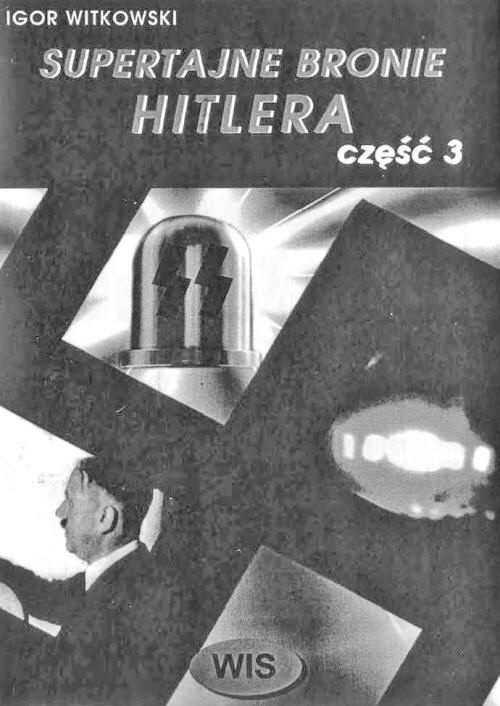Section 3 SummaryIt can be said that the German flying disc program built upon itself, each innovation retaining something from a previous design yet incorporating a new innovation. This progressed through several steps until the original had seemingly nothing in common with final design. At each step a saucer project or at least a saucer design, seems to have been spun off. Each of these spin-offs was not an independent, stand-alone project but remained under the guidance and direction of an overall controlling authority. If viewed out-of-context, the multiplicity of designs and spin-offs have led to confusion concerning the whole. Proponents of each design or spin-off have championed the project with which they were familiar as "the"German saucer project. Let us try to keep idea in mind when discussing the next group of saucers which may or may not have had a relationship to those already discussed.
Top: Diagram of the Scriever-Habermohl flying disk. Bottom: The Focke-Wulf powered wing design with three Lorin ramjet engines. The required initial velocity was to be provided by rockets mounted in the engines. 
Top: These photos of French aerospace designer Rene Couzinet's flying saucerwith a diameter of 27 feet appeared in the Philadelphia Inquirer on July 5, 1955.He died in a sudden auto accident shortly afterward. Left: The famous DarmstadtSaucer, a photo taken in August 1953 near the German city of Darmstadt. A Finnish language book on Hitler's secret weapons, including saucer and cylindrical aircraft |



